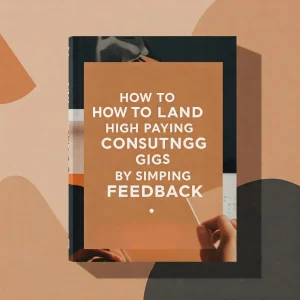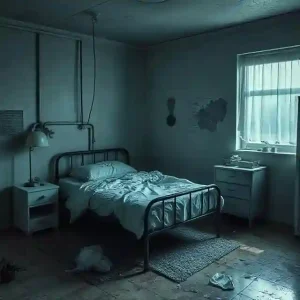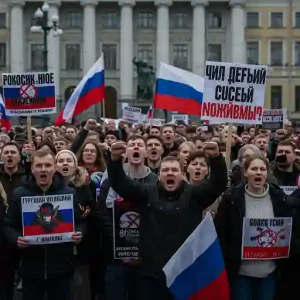Throughout our modern technological advances, two sobering facts remain true: People are lost every day and parts of our planet remain unanswered.
Both of these facts are mysteries, and sources of fear. Where do people disappear and remain victims of extraordinary violence? What is hidden in the oceans, forests, and other impenetrable landscapes that deny human existence?
Filmmaker Ben Wheatley covers these concerns in his latest horror movie, Earth. Written and directed by Wheatley during the COVID-19 epidemic, Earth was officially announced last year of our collective lives. The short script of the film creates a picture of isolation, government failure, and widespread loss, while the characters’ decisions are shaped by the first feeling of fighting against strangers, and then the first running into relationships and trust. Lastly it is often not the right choice, but most people don’t want to believe that some people are naturally right? Wheatley jokes about the concept of natural self-sacrifice, and also questions the difference between myth and science. The world is a immersive image of nationalism and insanity, angst and survival. Despite the unpredictable narrative, the film builds on a tense, unmistakable conclusion.
The world begins with an act of deepest destruction in the green forest, a sequence that serves as a hidden theme in Stanley Kubrick’s science fiction classic 2001: A Space Odyssey. After the opening of the violence, the film moves on to the UK’s Gantalow Lodge research facility, where scientist Dr Martin Lowery recently arrived. Martin has been isolated for months because of an unnamed epidemic that has engulfed his world, and he seems to be looking forward to connecting with young people. But most scientists are in the field, and the sleeping area is not peaceful.
Most of Martin’s roommates are Frank, a physician who checks for signs of a contagious disease, and Alma, a park ranger who has been assigned to the jungle to meet his fellow scientist Dr. Olivia Wendle. Dr. Wendle, who specializes in the field of plant growth, is best known for the idea that all trees in a forest are interconnected, like a giant brain.
It is clear that Martin has a difficult past with Dr. Wendle, but his love for the forest seems to have touched him. When Frank warned him that the forest was “a hostile place” he should not look down on, a place where people are lost and dead, Fry’s silent surprise, “OK” is a sign that Wheatley’s humorous nature of his previous films High-Rise and Free Fire, remains unchanged.
Was there anything that could have stopped Martin from his two-day trek in the woods to meet Olivia? It does not seem so. Frank’s warning does not deter him. Not so with Alma’s description of the horror painting depicting Parnag Fegg, “The Spirit of the Forest,” a local legend that has terrified children for decades. Parnag Fegg’s portraits include bones, headless figures and the blind, floating children, imps and demons, and a man in a hat wearing a crown of sticks, but nothing else stops Martin. The forest is “unheard of,” says Alma, raising questions: What did Alma hear in the forest before? What did Martin feel dragging him there? And what about Olivia, who spent months in the woods and who suddenly found it difficult to communicate with Martin and encouraged his decision to find her?
The world becomes a kind of street movie as the talented Alma directs Martin between the barren and dense plains. They walk in the sunlight through flower gardens, float under the branches of dense trees, and pass by purple mushrooms that produce tiny letters, to a song that sounds like Gregory’s hymns. Alma, who owns a business, is initially impatient with Martin, then becomes very upset about his shortcomings and perhaps his mistakes; Torchia remembers his face by not remembering a variety of angry reactions.
Martin, meanwhile, works as a desert novice than an experienced scientist, and G Wheatley uses his ignorance to raise fears. Birds call to the forest to mimic human cries. Martin has a mysterious outbreak that looks like the suspension of runes. Wheatley’s proximity finds value in the holes, as well as the emptiness it represents: a circular gap in the stone that looks like a portal, a cheap gap in a tent thrown into the depths of the forest, a terrible explosion at Martin’s foot, leaking blood. Where does the mass that has been in the pit go, and what happens to our ecosystem, to our community, or to our relationships where the institution cannot hold?





